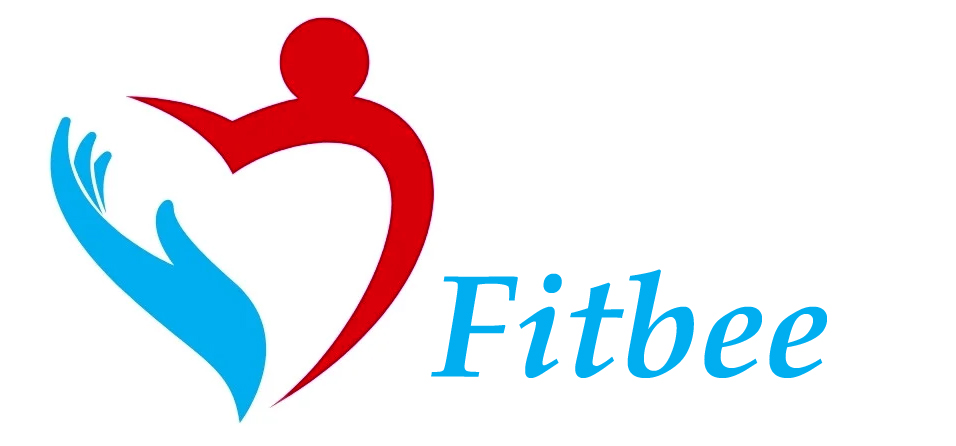
In the present high speed workplaces, the idea of psychological well-being breaks has become progressively perceived as fundamental for keeping up with worker prosperity, efficiency, and by and large work fulfillment. Psychological well-being breaks incorporate purposeful times of rest, unwinding, and revival during the working day to ease pressure, improve mental lucidity, and advance close to home flexibility. This exhaustive aide investigates the significance of psychological wellness breaks, down to earth procedures for integrating them into the work schedule, and ways to make a strong work environment culture that focuses on mental prosperity.
Understanding Psychological wellness Breaks
Psychological wellness breaks are short delays or times of personal time during the typical working day that permit people to re-energize intellectually and inwardly. These breaks are intended to decrease feelings of anxiety, forestall burnout, and work on mental capability by offering representatives the chance to back away from business related undertakings and participate in exercises that advance unwinding and mental clearness.

Advantages of Psychological wellness Breaks
1. Stress Decrease and Relaxation
Taking customary emotional well-being breaks decreases the collection of stress chemicals like cortisol, advancing unwinding and easing physical and mental pressure.
2. Enhanced Concentration and Productivity
Brief times of rest and unwinding work on mental capability, focus, and critical abilities to think, prompting expanded efficiency and occupation execution.
3. Improved Mind-set and Close to home Well-being
Psychological well-being breaks add to positive temperament guideline, close to home versatility, and generally speaking position fulfillment by giving open doors to taking care of oneself and stress the board.
4. Physical Wellbeing Benefits
Diminishing pressure through psychological wellness breaks can emphatically affect cardiovascular wellbeing, safe capability, and by and large actual prosperity.
5. Workplace Culture and Morale
Advancing emotional wellness breaks shows hierarchical help for worker prosperity, cultivating a positive work environment culture, and further developing representative confidence and degrees of consistency.

Methodologies for Taking Compelling Emotional well-being Breaks
1. Schedule Standard Breaks
Dispense explicit times all through the typical working day for psychological well-being breaks, like early in the day and mid-evening, to keep up with energy levels and forestall mental weakness.
2. Engage in Unwinding Techniques
Practice unwinding strategies during breaks, like profound breathing activities, moderate muscle unwinding, care contemplation, or directed symbolism, to advance pressure alleviation and mental clearness.
3. Physical Action and Movement
Integrate active work into emotional well-being breaks by going for short strolls, extending at your work area, or taking part in light activities to help course, further develop state of mind, and lessen muscle strain.
4. Disconnect from Work
Utilize emotional wellness breaks as a potential chance to disengage from business related undertakings, messages, and computerized gadgets. Put down stopping points to limit interruptions and consider continuous unwinding.
5. Engage in Pleasant Activities
Take part in exercises that give pleasure and unwinding, like perusing a book, paying attention to music, rehearsing side interests, or visiting with associates in a non-business related setting.

Establishing a Strong Work environment Climate
1. Encourage Open Communication
Advance open exchange about psychological wellness and prosperity in the working environment, empowering representatives to impart their requirements for breaks and backing from supervisors and partners.
2. Provide Committed Break Areas
Assign peaceful, agreeable break regions furnished with seating, regular light, and conveniences, for example, water stations or quieting stylistic layout to support unwinding and restoration.
3. Implement Adaptable Work Policies
Present adaptable work courses of action or arrangements that permit representatives to plan breaks as indicated by their singular inclinations and efficiency rhythms, obliging different necessities and inclinations.
4. Educate Administrators and Supervisors
Teach chiefs and bosses on the significance of psychological well-being breaks and show others how its done by enjoying reprieves themselves. Urge pioneers to help and focus on worker prosperity inside their groups.
5. Offer Wellbeing Projects and Resources
Carry out work environment wellbeing programs that incorporate emotional well-being drives, stress the board studios, and assets for advancing balance between serious and fun activities and flexibility.

Beating Difficulties and Impediments
1. Addressing Responsibility and Time Constraints
Focus on responsibility the board and time usage systems to set out open doors for emotional wellness breaks without compromising efficiency or cutoff times.
2. Navigating Social Standards and Expectations
Challenge social standards that focus on steady efficiency over representative prosperity. Advocate for a fair way to deal with work that values both execution and emotional well-being.
3. Managing Remote Work Challenges
Adjust psychological well-being break methodologies for remote workplaces, utilizing innovation for virtual health exercises, care applications, and computerized encouraging groups of people.

Advancing Psychological well-being Breaks Later on Working environment
1. Integration of Technology
Use innovation driven answers for advancing emotional wellness breaks, for example, booking applications, care stages, and virtual unwinding devices available to workers.
2. Support for Half and half Work Models
Support mixture work models that mix remote and in-office work courses of action, giving adaptability to representatives to oversee emotional wellness breaks as per their singular inclinations and necessities.
3. Emphasis on Prosperity Metrics
Integrate prosperity measurements into execution assessments and hierarchical objectives, stressing the significance of emotional well-being breaks as a critical part of representative commitment and fulfillment.

